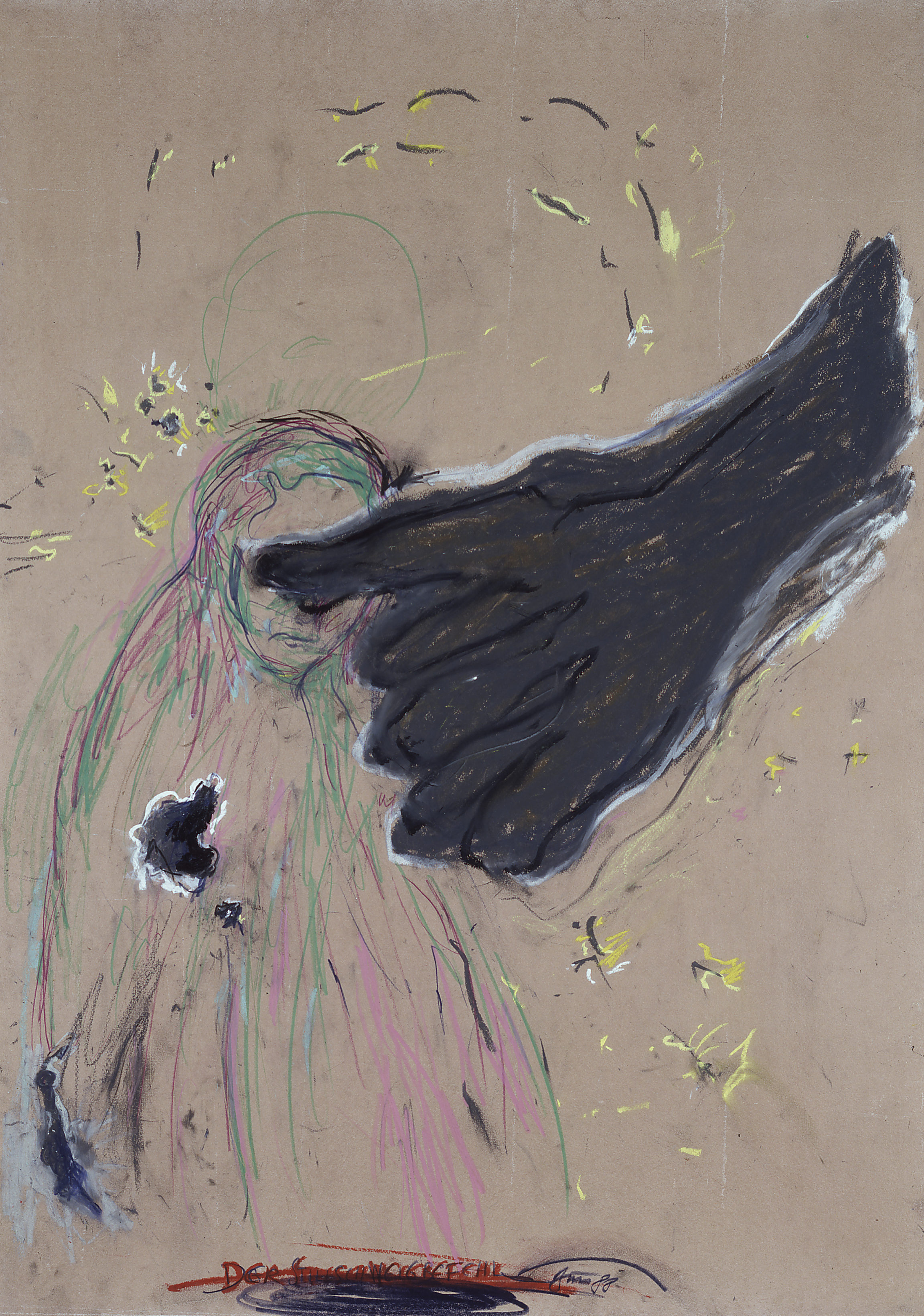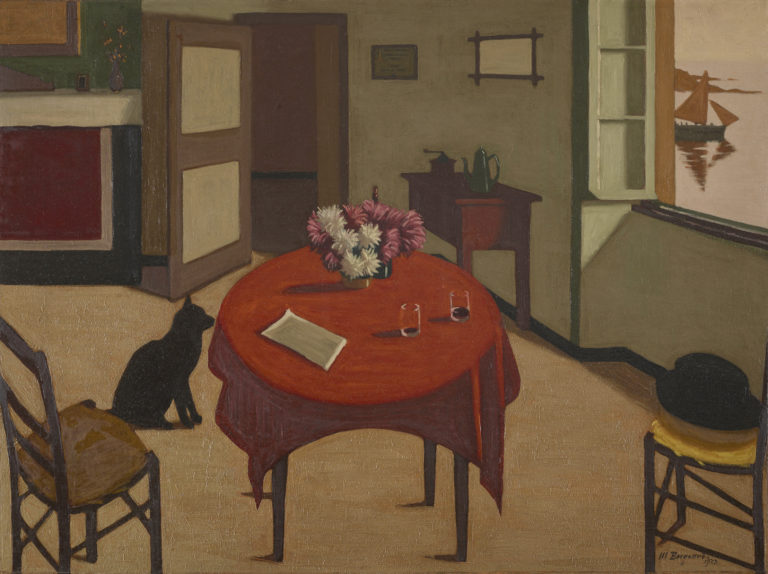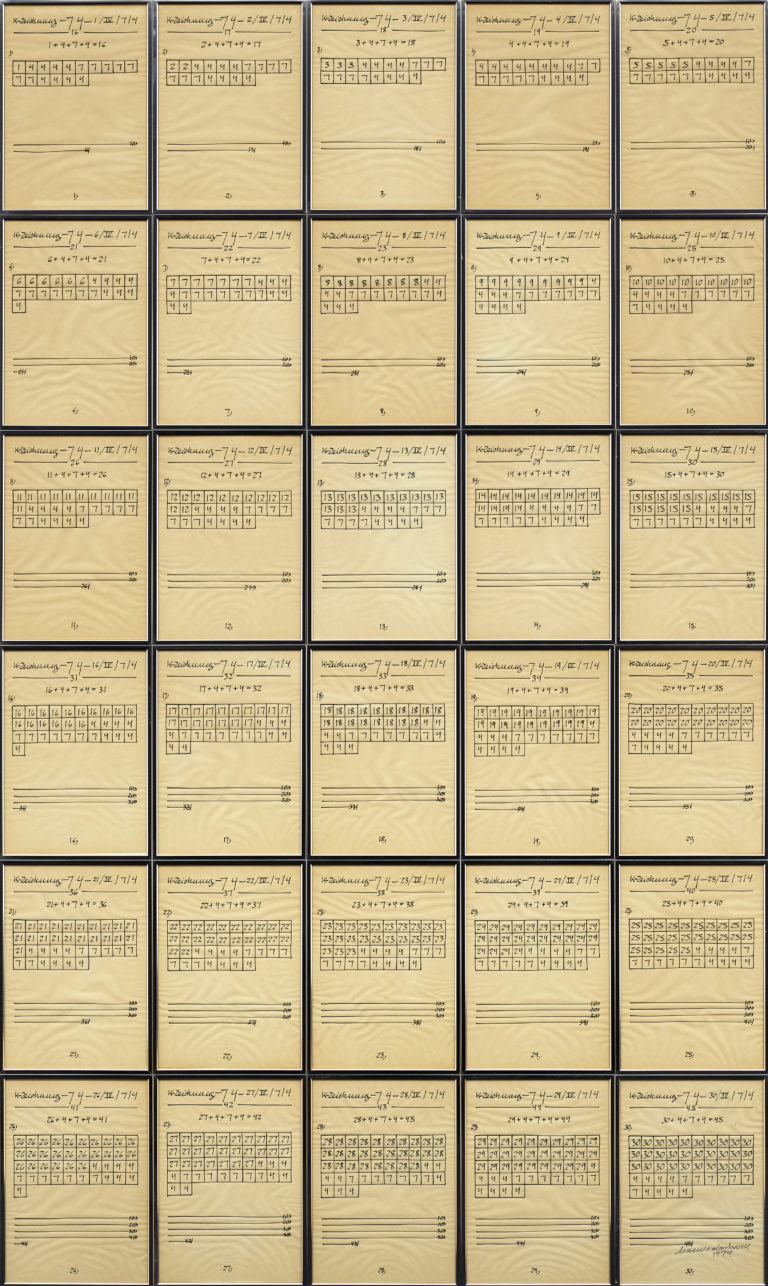On display
The CollectionBibliography
Danièle Roussel, L’Actionnisme viennois et les autrichiens, Dijon, Les presses du réel, 2008: 22-29.
Julie Enckell, ‘Der Stillschweigbefehl, 1988,’ in Dominique Radrizzani (ed.), L’attrait du trait: dessins anciens et modernes de la collection, Les Cahiers du Musée des Beaux-Arts de Lausanne n. 11, 2001: n. 67.
Erika Billeter (ed.), Chefs-d’œuvre du Musée cantonal des Beaux-Arts, Lausanne. Regards sur 150 tableaux, Lausanne, Musée cantonal des Beaux-Arts, 1989: 344-345.




In the 1960s, Günter Brus, a recent Fine Art graduate, joined the Viennese Actionist school, one of the most radical, protest-driven art movements of the latter half of the twentieth century. Like his fellow artists Otto Muehl, Hermann Nitsch, and Rudolf Schwarzkogler, he set out to shake the foundations of informal art and put brutal encounters with reality back at the heart of what art was about. The human body was the raw material for performances that saw Actionists mutilate themselves, smear themselves in excrement and blood, and drink their own urine in public. The systematically provocative behaviour referenced the transgressive art of the Austrian Expressionists Egon Schiele and Oskar Kokoschka: they saw it as a means of expurgating repressed urges and stigmatising the taboos of a petty bourgeois, conservative, post-Nazi society.
For one of his first performances, Wiener Spaziergang (Vienna Walk) (1965), Brus strolled through the city all dressed in white, his head and arms also painted white, his body ‘bisected’ by a black line. He was arrested. After several convictions and increasingly severe legal reprisals against the Actionists, he was forced into exile in Berlin. He put a stop to his performances in the early 1970s.
In later years, Brus regularly spoke out against censorship. In this electrifyingly powerful work, a hand is brutally slapped on the face of a cowering man. The outsized hand, heavy as a lead weight and dark as endless night, evokes the violence of propaganda posters. Here, the figure’s eye – a sense fundamental to visual artists – is hidden. The blinded artist cannot see reality and is thus forced to remain silent.